New Kunsthaus Zurich poised to reclaim global limelight
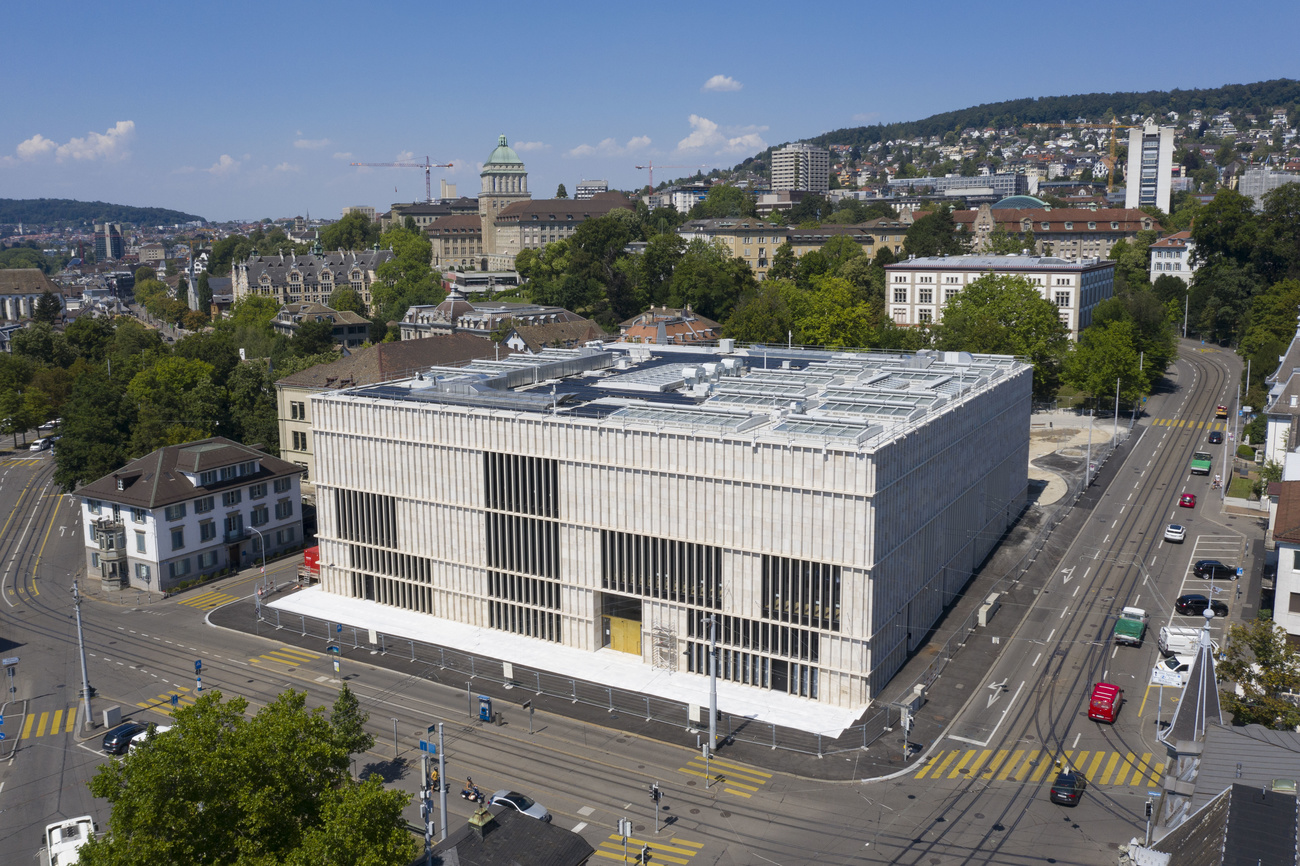
The Kunsthaus Zurich art musuem is at an important crossroads: the extension is almost complete and the selection process is underway for a new director from 2022. Will this enable the Kunsthaus to raise its international profile? swissinfo.ch has been making inquiries among curators of renowned art museums in Switzerland and abroad.
The extension for the Kunsthaus ZurichExternal link art museum designed by the star architect David Chipperfield is monumental and yet graceful. The compact cube rises up on Heimplatz, opposite the historic museum complex and, between arched columns reaching up to the sky, offers a view into the new temple of art through narrow vertical windows. The brass of the entrance door gleams in gold, like a symbol of the promise associated with this new building. The extension doubles the space available to the Kunsthaus and new, important permanent loans, such as the Emil Georg BührleExternal link (1890-1956) collection, will be the primary focus of its presentation. It is hoped that an events hall and an expanded programme will transform the revamped institution into “the largest and most dynamic art museum in Switzerland”External link and strengthen its international reputation.
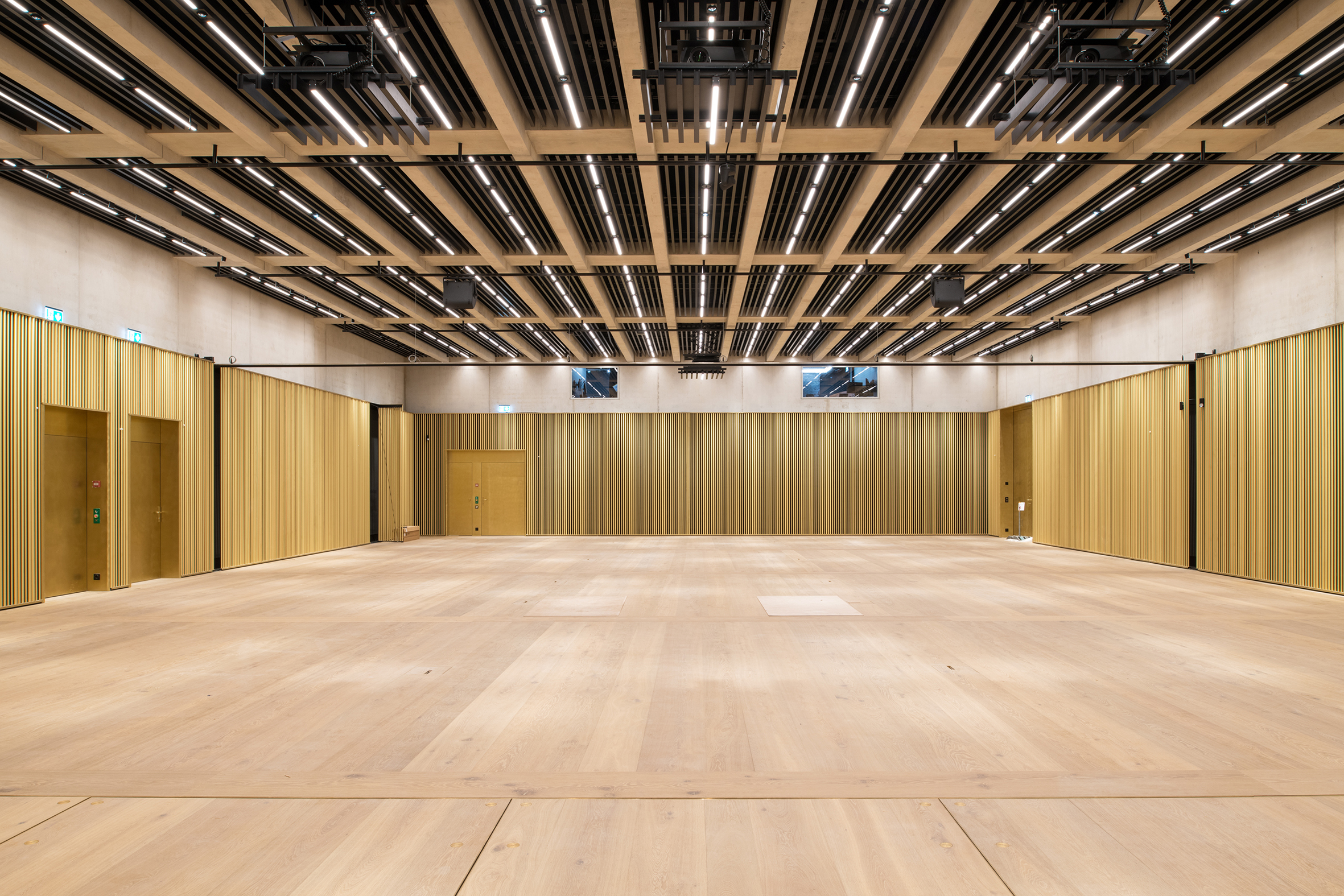
Zurich’s art galleries have already responded to the call. Any that can afford to do so have positioned themselves along Rämistrasse, which is ideally situated between the Kunsthaus and the lake. About half a dozen galleries have either moved their premises or opened a new branch here in the past two years, including Galerie Lange + Pult and Galerie Eva Presenhuber.
In early December, the Kunsthaus will open its extension to the public for the first time. After the keys are handed over to the Zurich Kunsthaus Foundation, visitors will be permitted to view the architecture on the weekend of December 12-13, 2020.
The art won’t be installed until later: a series of preview events with guided tours and performances is planned for next April and May, and the fully furnished building is scheduled to begin operating in autumn 2021.
Shortly afterwards, in the course of 2022, the acting director Christoph Becker (born in 1960) will hand over the management to a successor for whom the selection process is currently underway. Much is about to change at the Kunsthaus Zurich, and that has given rise to expectations, desires and questions in the art world.
The radiance of the Impressionists
Both the Kunsthaus and the specialist public are eagerly awaiting the presentation of the Emil Bührle Collection. “The Bührle Collection will finally be able to shine anew,” says Bice Curiger, who was a long-serving and pioneering curator at the Kunsthaus Zurich and now heads the Fondation Vincent Van Gogh in ArlesExternal link. And Philipp Kaiser, a Bern native and former director of the Museum Ludwig in CologneExternal link who now lives in Los Angeles and curated the Swiss Pavilion at the Venice Biennale in 2017External link, says: “I am particularly looking forward to seeing the Cézannes and Gauguins again.”
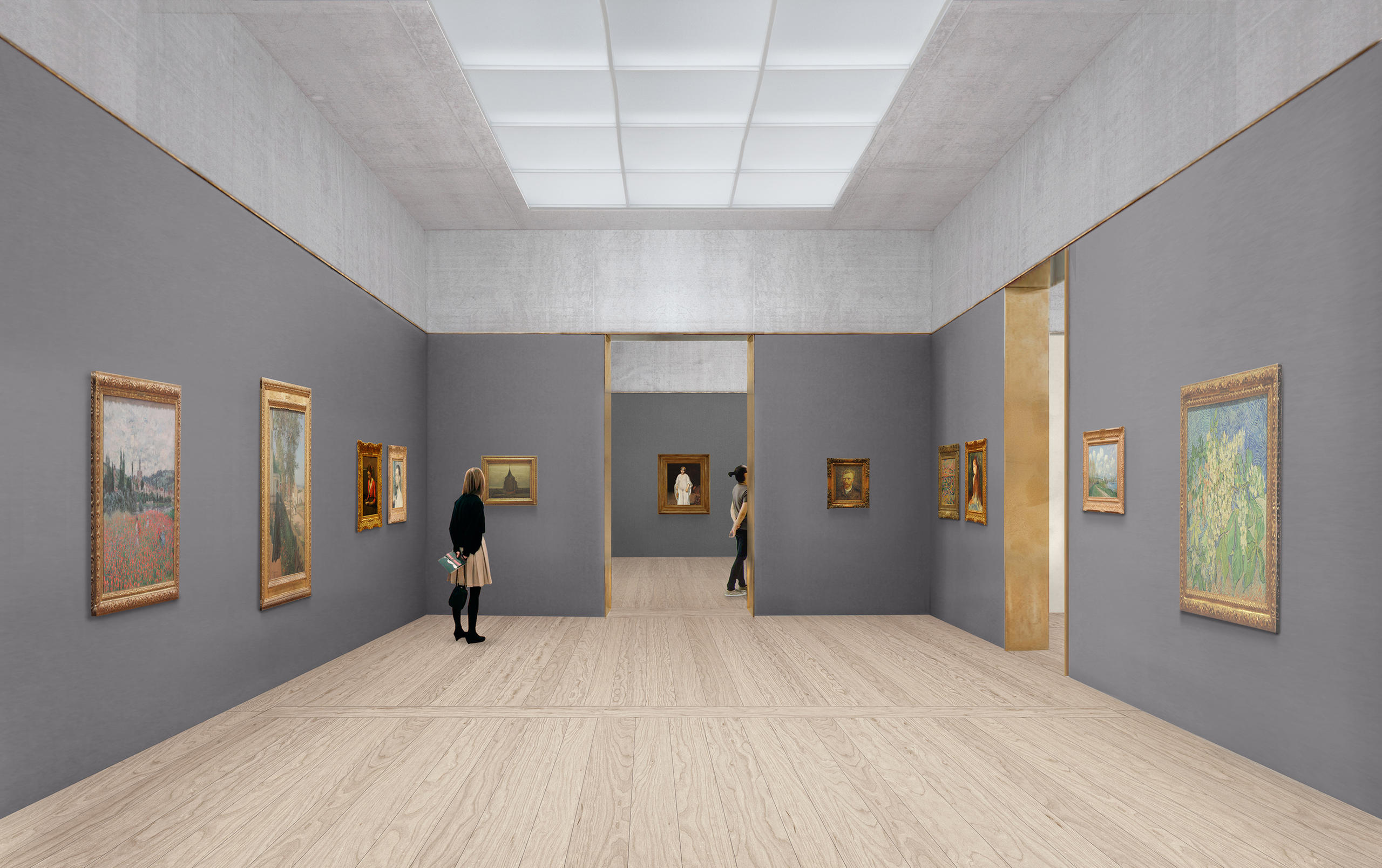
Emil Georg Bührle’s collection of masterpieces of Impressionism was housed in a villa on the outskirts of Zurich until 2015. It will now be shown in the Chipperfield building, as will the Merzbacher collection of Modernist art – also a new addition to the Kunsthaus. A further private collectionExternal link assembled by Hubert Looser, which is focused on the 1960s, will be more closely integrated with the Kunsthaus holdings from the outset.
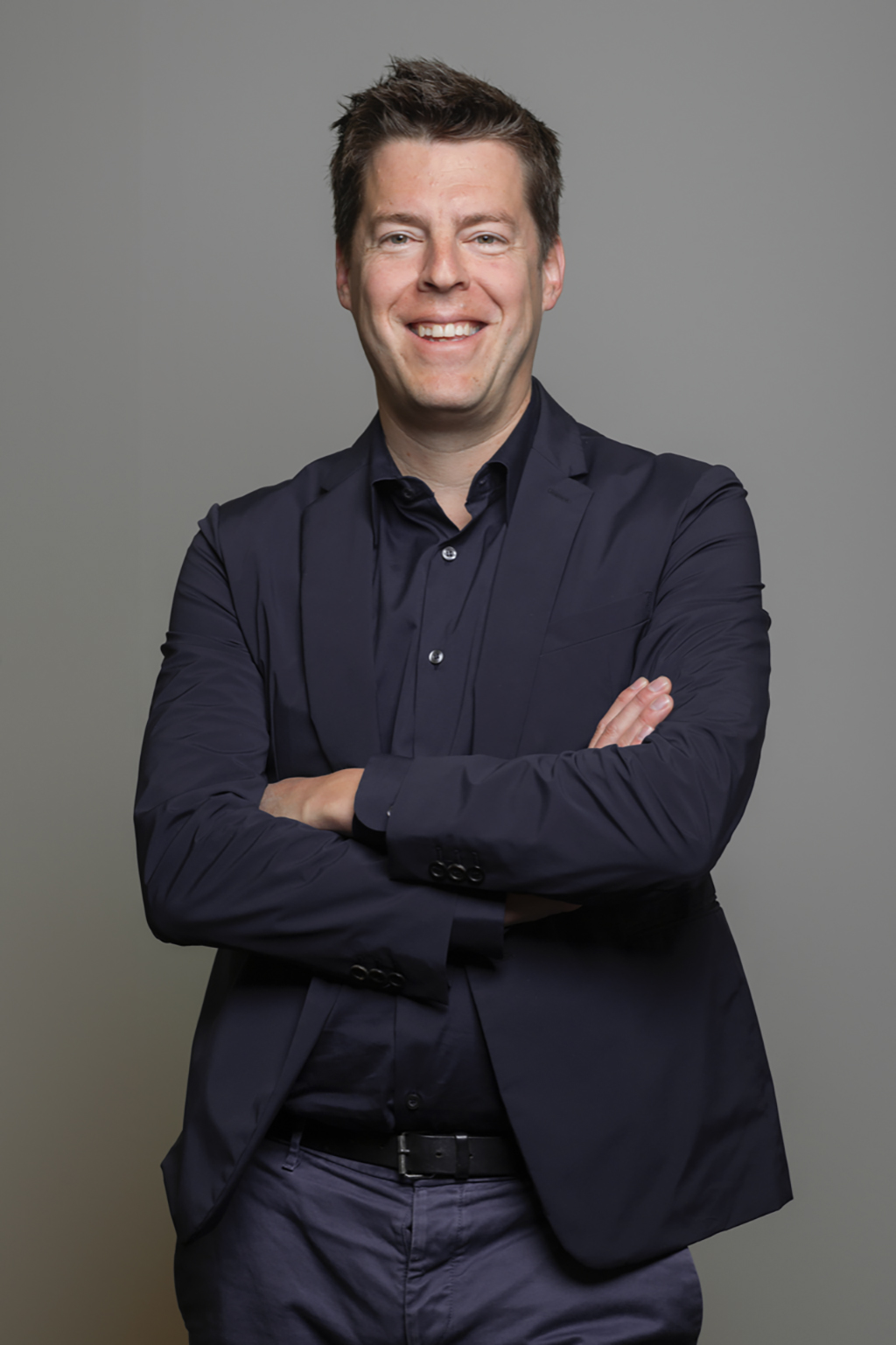
The new permanent loans, especially the loan from the Bührle Foundation, played a key role in the story of the new building. “From the very beginning, the Kunsthaus extension was designed for a notable leap in the quality of the collection,” explains Christoph Becker, who has been involved in the planning of the building project since it was first conceived in 2001.
When the contract with the Bührle Foundation was signed in 2012, following a declaration of intent in 2006, it was a milestone for the Kunsthaus. However, the plan to assimilate this collection was overshadowed by a recurring, heated public debate; an art-lover and arms dealer, Bührle conducted controversial business dealings.
Provenance researchExternal link on the works is now far advanced, though a comprehensive investigation of the collection’s history is yet to materialise. The art historical significance of the collection is undisputed: the Kunsthaus’s collection of Impressionism and post-Impressionism is second in Europe only to the Paris collections and, according to the Kunsthaus, it is gaining international recognition.
A ‘quantum leap’ for Zurich
Museum officials in Switzerland and abroad agree with the positive outlook. Rein Wolfs, director of the Stedelijk Museum in AmsterdamExternal link since the end of 2019, points out that many museums in Europe are vying for attention with first-class collections. Nevertheless, he speaks of a “quantum leap, even in comparison to Basel”, which has outshone Zurich in terms of cultural charisma in recent years.
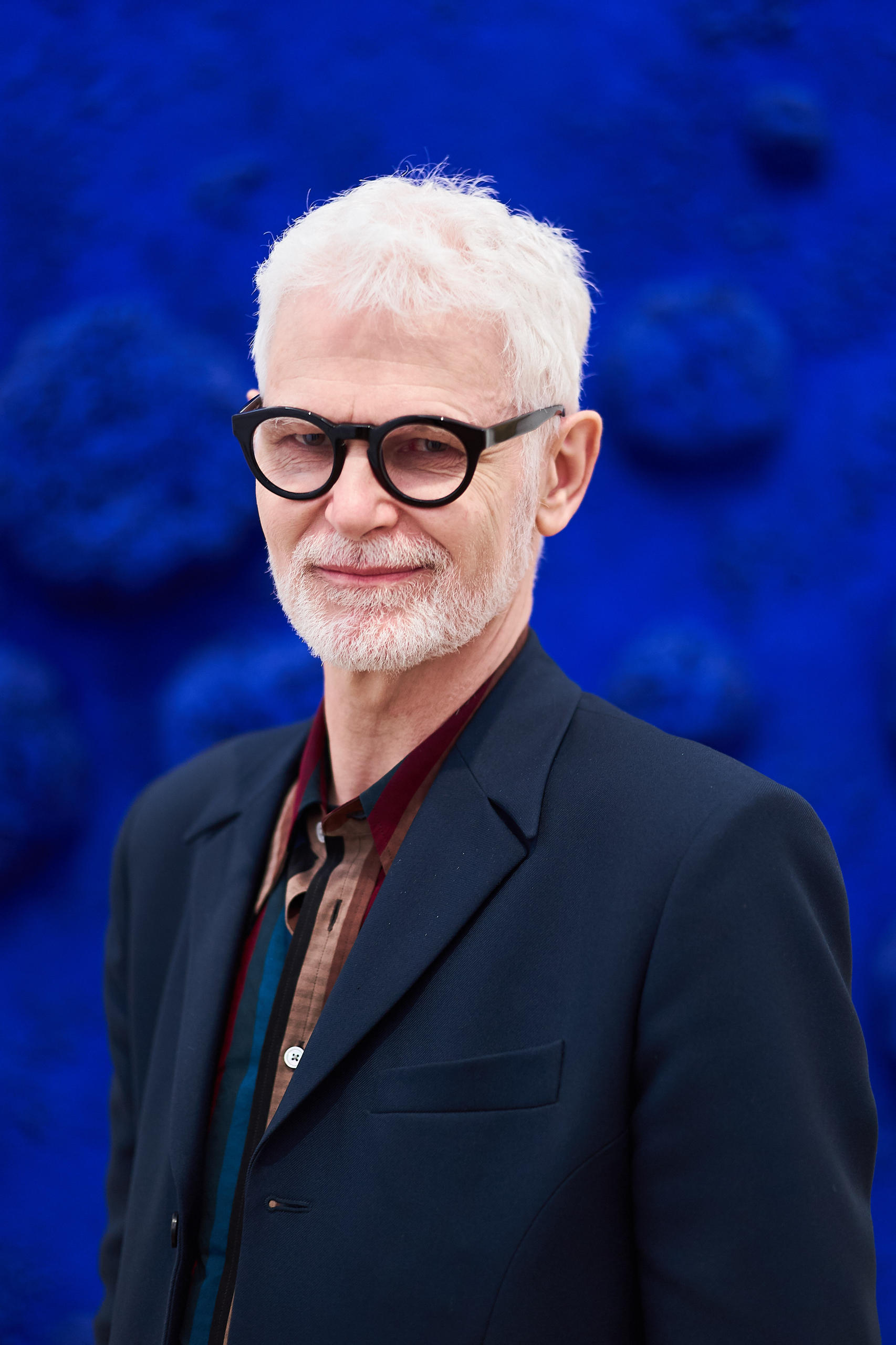
Wolfs was the founding director of the Migros Museum für GegenwartskunstExternal link (Migros Museum for Contemporary Art) in Zurich’s golden years in the 1990s and is therefore familiar with the Swiss scene.
Christina Végh, who was born in Zurich and is now director of the Kunsthalle BielefeldExternal link modern art museum, expects huge interest and international curiosity about Bührle’s collection and the new building, especially to start with. But she says: “in the long-term, the way the Kunsthaus deals with the collection will be important; it is rarely a good idea to stand still.”
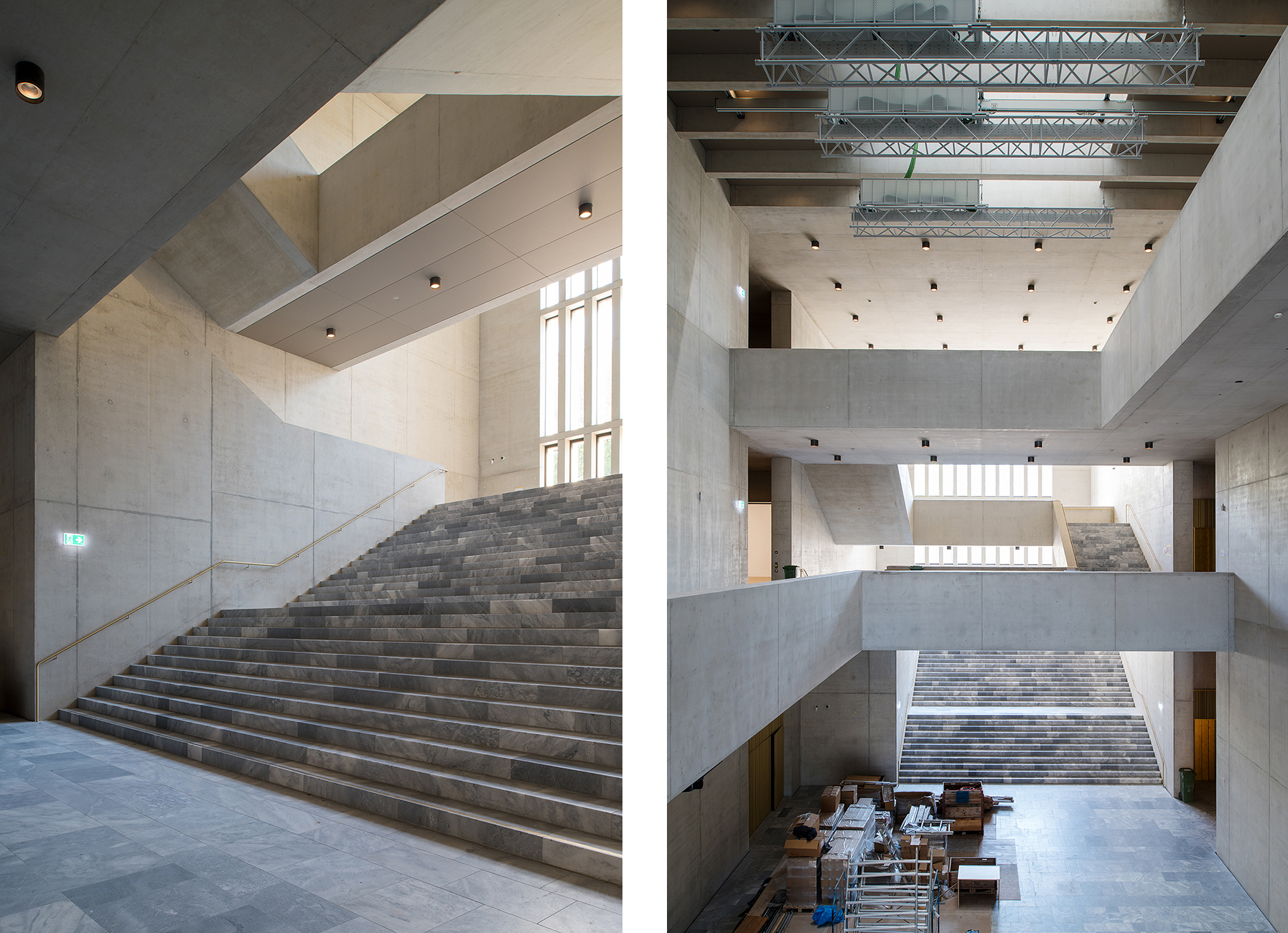
Return to a higher league
Raising the profile of the Kunsthaus will be a key task for the new director. The experts agree that it is essential to gain international prominence and achieve the desired dynamism and topical relevance.
Christina Végh says the leadership of a museum this size must be keenly attuned to relevant contemporary debates and be at the forefront of these rather than just keeping pace.
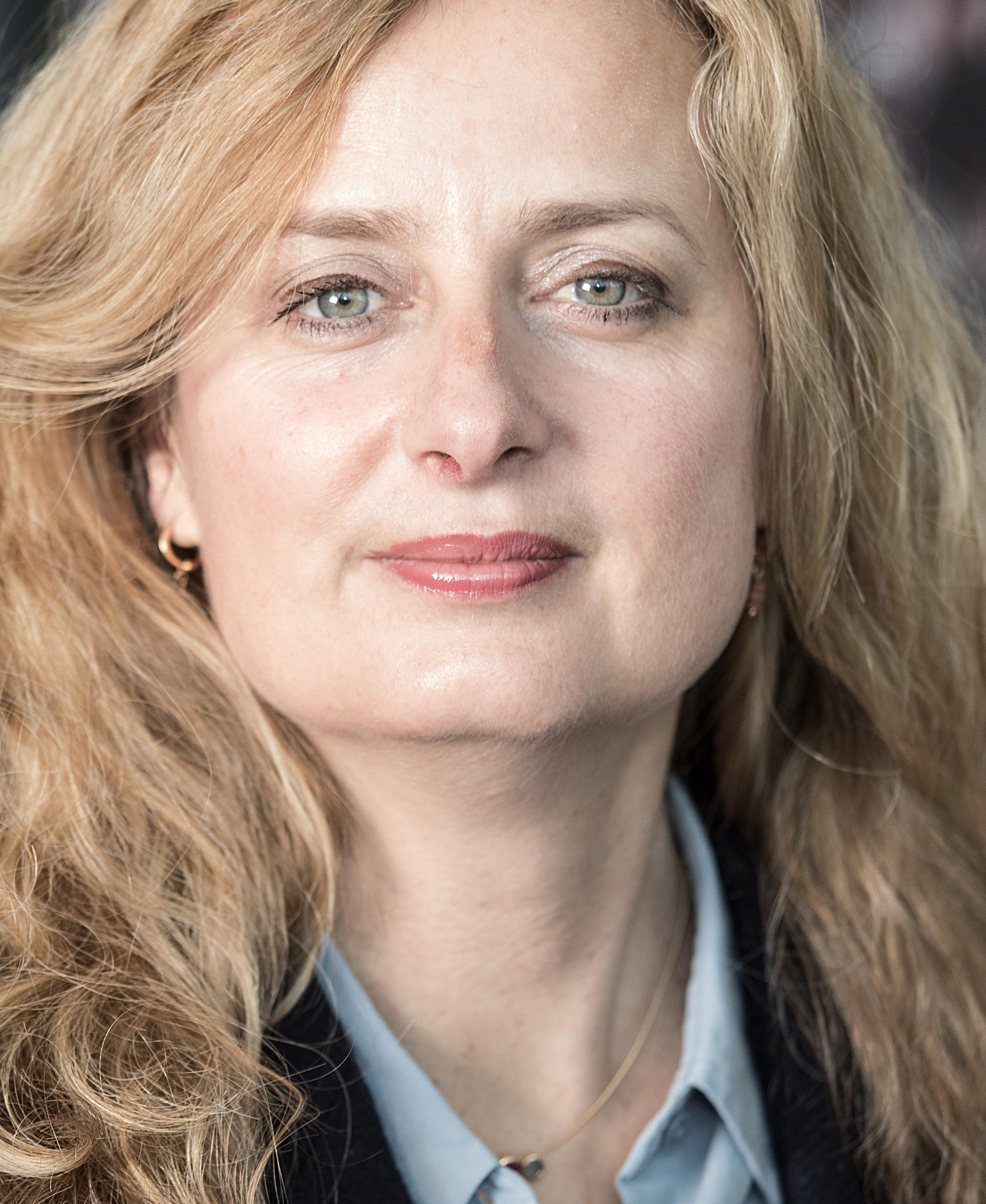
There was a time when the Zurich Kunsthaus was in this league – with major exhibitions by the freelance curator Harald Szeemann in the 1980s and 1990s that constantly pushed artistic boundaries, for example; or with Bice Curiger’s shows, which always demonstrated keen powers of observation for the pressing issues facing art and our era.
In the last ten or fifteen years, however, Zurich has “lost some of its power and brilliance,” as Philipp Kaiser puts it. “This is an extremely attractive starting point for the new management to position itself and to reactivate the local scene.”
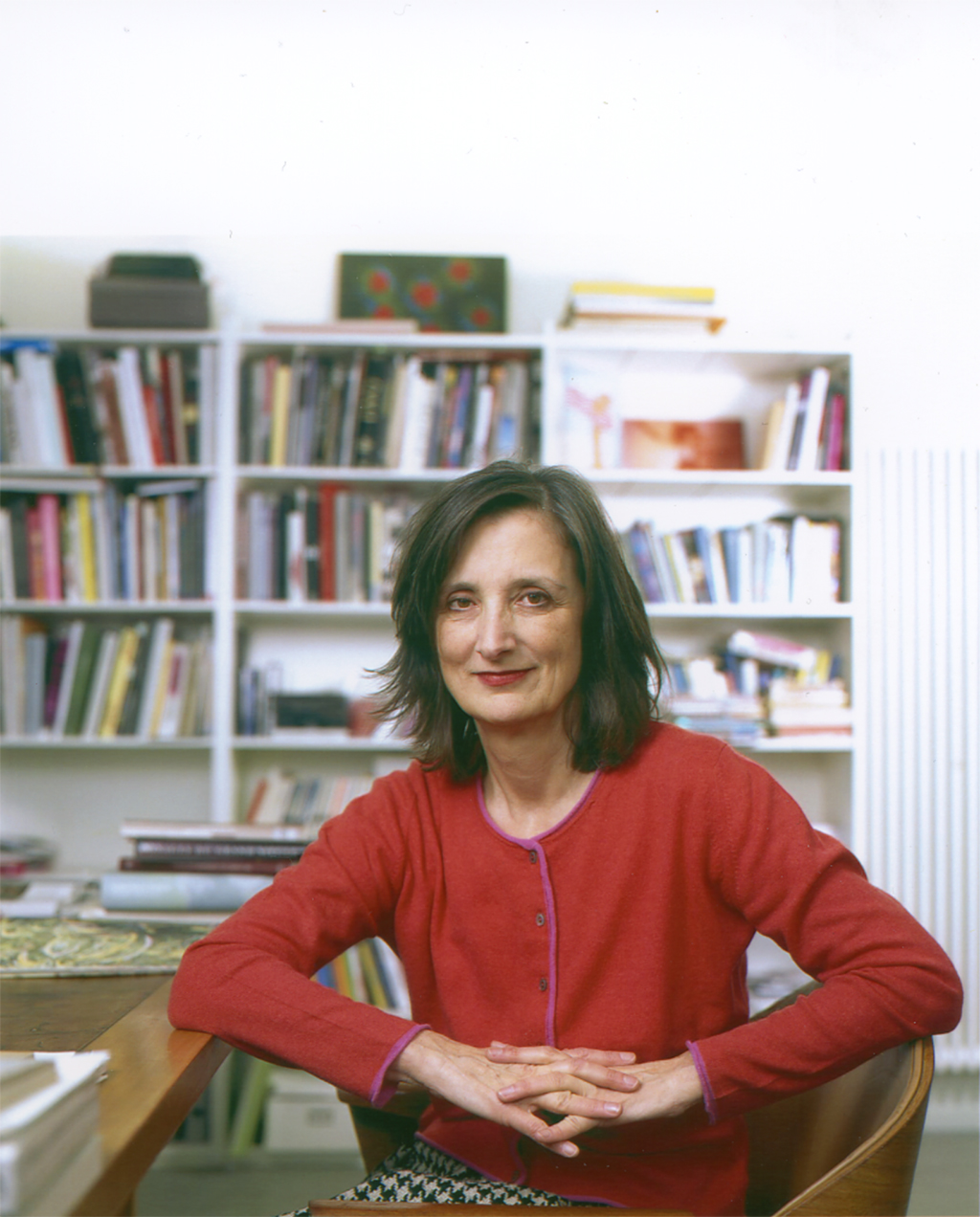
Do Swiss candidates stand a chance?
The selection committee for the new leadership suggests the search is on for someone who is not just a good administrator but is also strong on content. In addition to five representatives of the Zurich Art Society (the institution’s sponsoring association) and the Swiss artist Pipilotti Rist, the committee includes Achim Borchardt-Hume, chief curator at the Tate Modern LondonExternal link, Philipp Demandt, director of the Städel MuseumExternal link, Liebieghaus SkulpturensammlungExternal link (sculpture museum) and Schirn KunsthalleExternal link Frankfurt art gallery, and Sheena Wagstaff, head of the Modern and Contemporary Art Program at the Metropolitan Museum in New YorkExternal link.
The specialist members of the committee are “somewhat Anglo-Saxon”, as Wolfs puts it. Whether potential Swiss candidates have a chance in this context remains to be seen. However, the fact that not only directors but also museum people who are closer to the day-to-day business have been appointed indicates that considerable weight is given to curatorial skills in the selection process.
Independence and connection to the local area
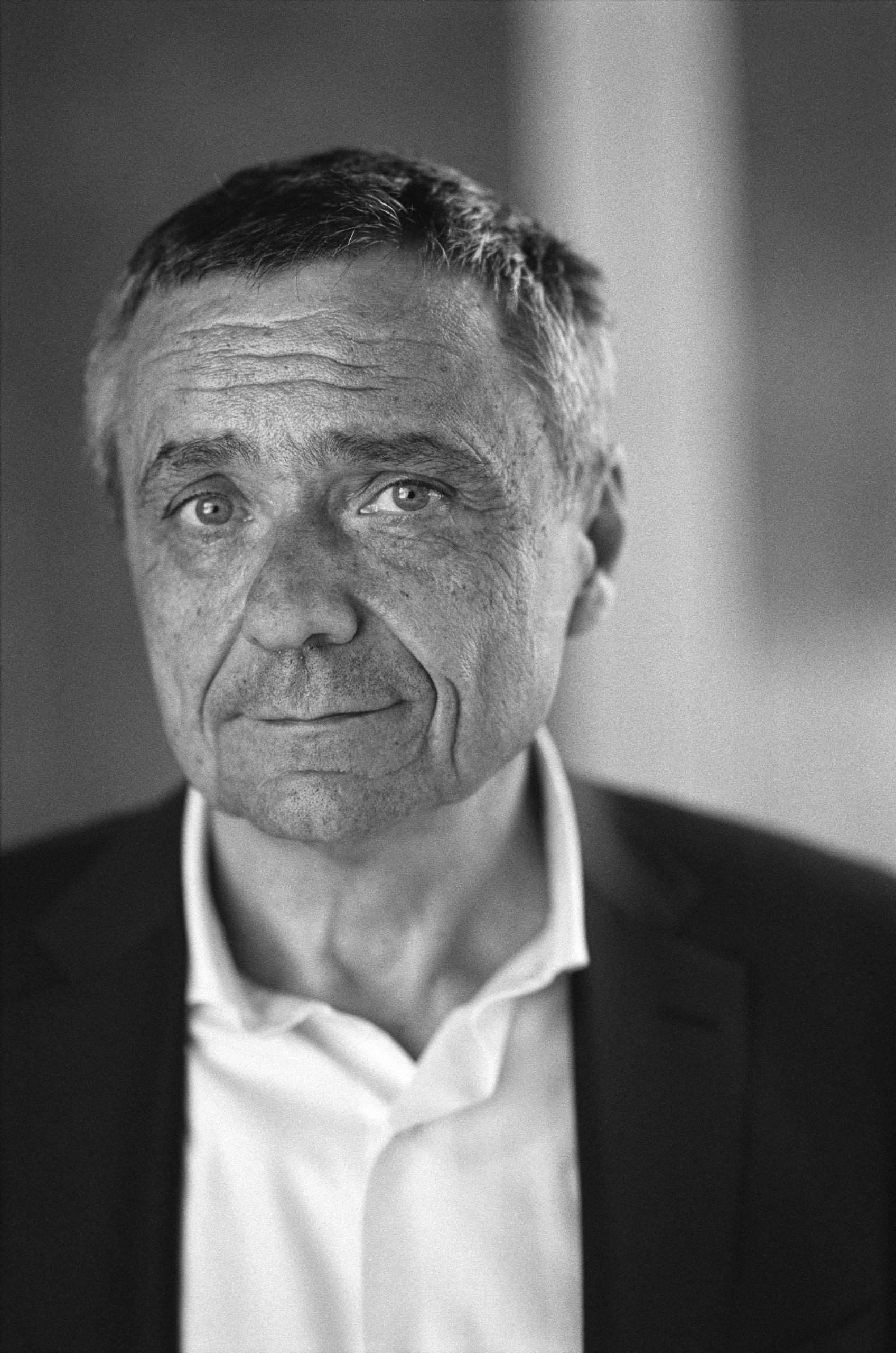
As with the move to the new building, it will take a little while before their choice is announced. The decision was planned for spring 2021, but due to the pandemic and the associated travel restrictions, the process will probably be delayed.
Until then, the space remains open for discussions, desires and hopes. Tobia Bezzola, director of the Museo d’arte della Svizzera italiana (MASI Lugano) art museum says it seems especially important that someone who enjoys communicating and mediating transparently, proactively and widely takes the lead at this crossroads in the museum’s history.
Bice Curiger wishes for “someone who trusts, loves, and at the same time understands how to forcefully challenge the Zurich audience”. She adds: “with self-confidence in one’s own open-mindedness, it’s not necessary to produce scaled-down copies of others to gain so-called international appeal.”
Philipp Kaiser stresses the need for independence and a local connection. “In the end, the person has to function in Zurich,” he says. He has in mind for Zurich a courageous person with a curatorial artistic vision, as does Christina Végh: “self-will and character”. If the selection committee agrees, then Zurich can look forward to some bracing change and perhaps even a return to the golden age.
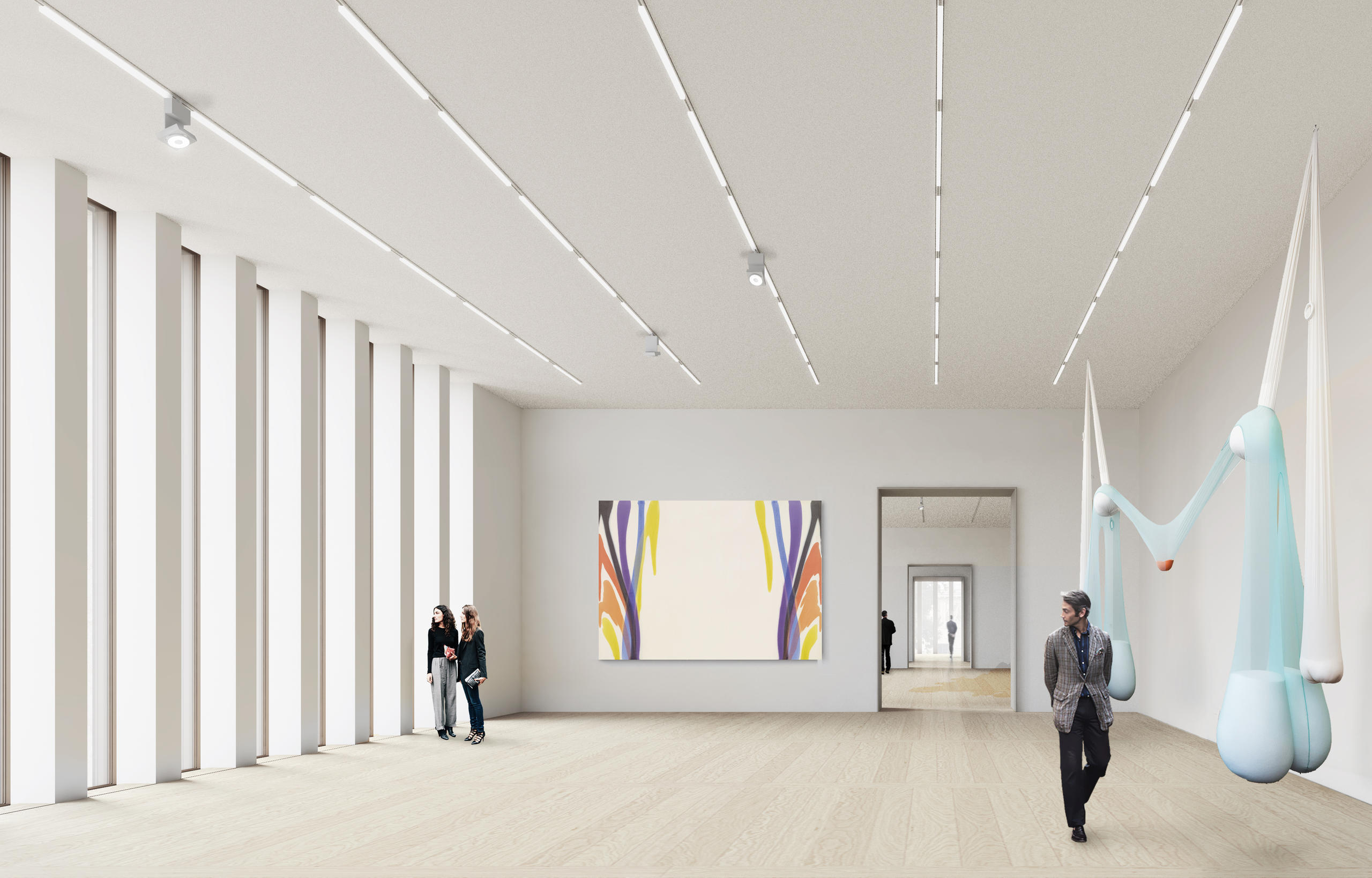
-
December 12-13, 2020: Open-house weekend at the extension
-
April 10, 2021: Ball, followed by preview events with performances, guided tours, etc. in April/May 2021
-
October 9-10, 2021: Opening of the new Kunsthaus on both sides of Heimplatz

In compliance with the JTI standards
More: SWI swissinfo.ch certified by the Journalism Trust Initiative
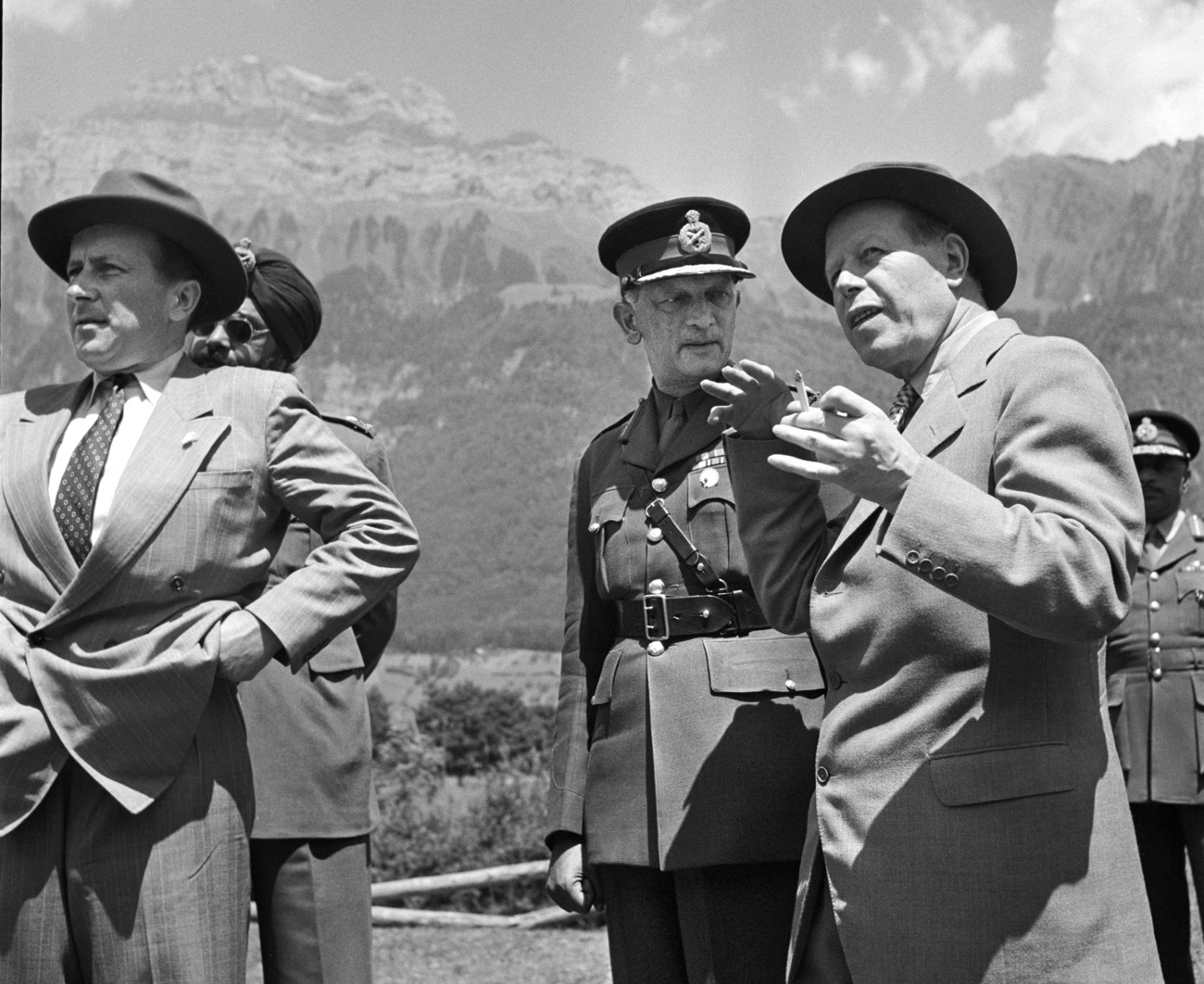
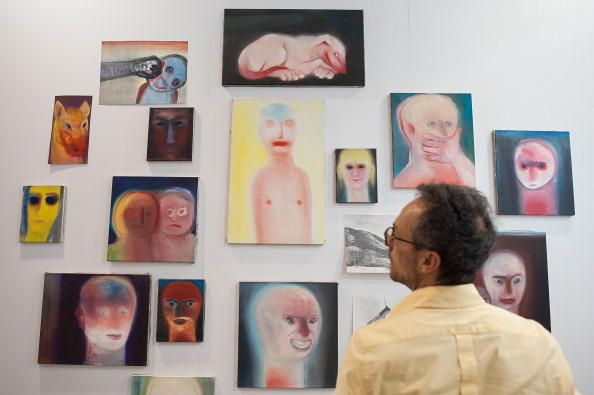
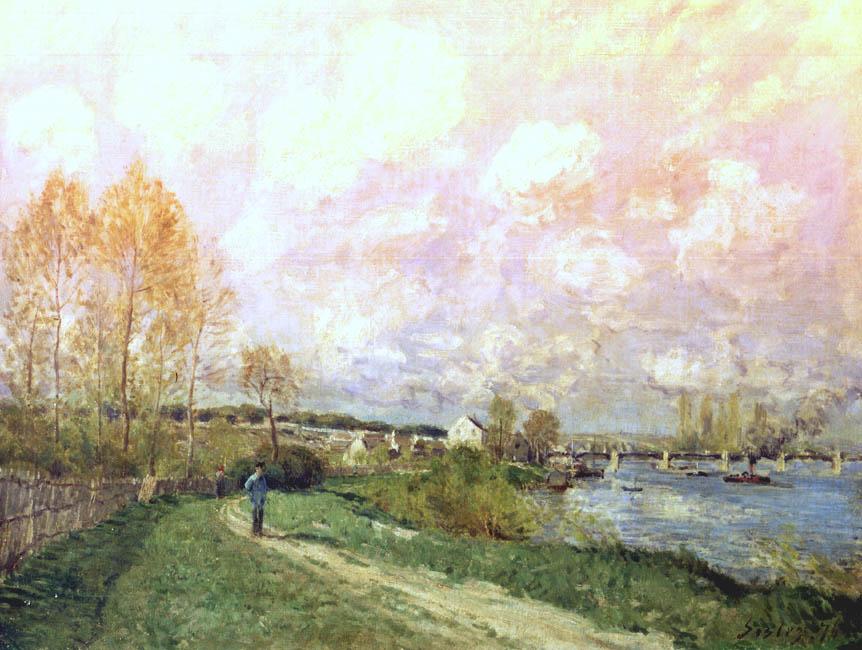
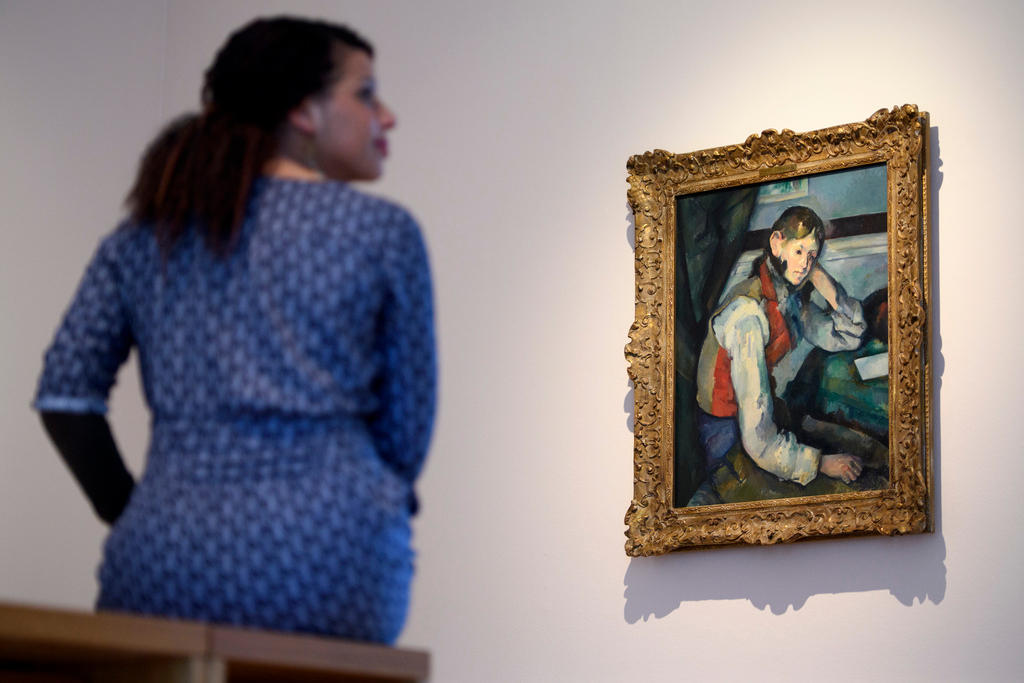
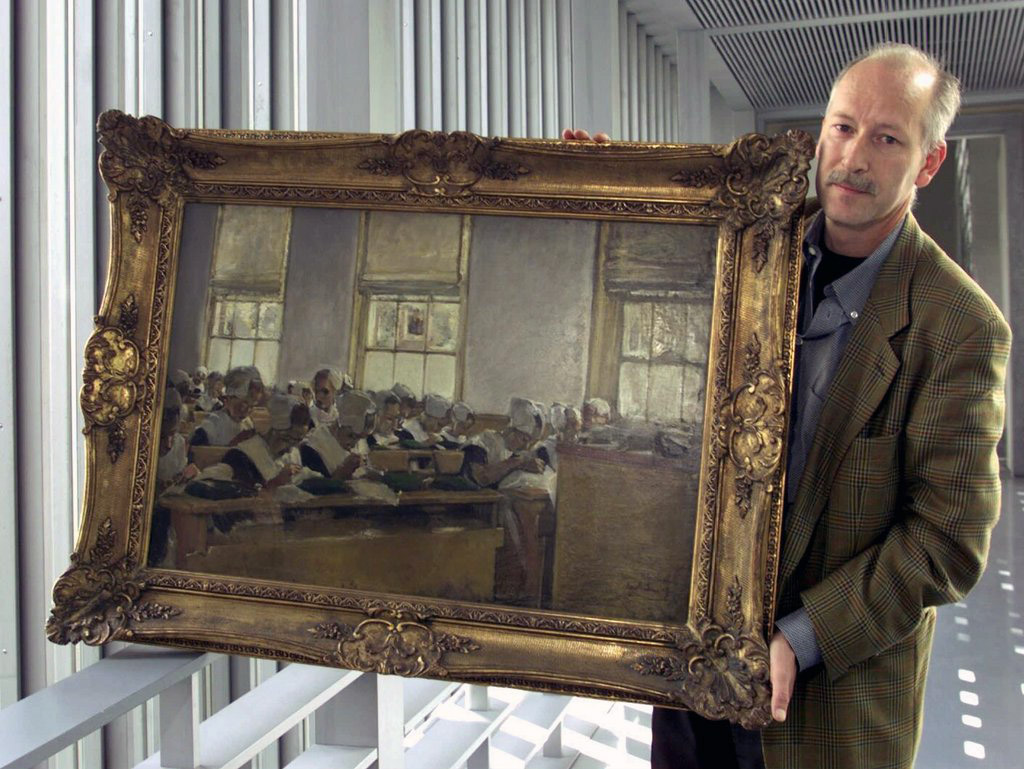
Join the conversation!